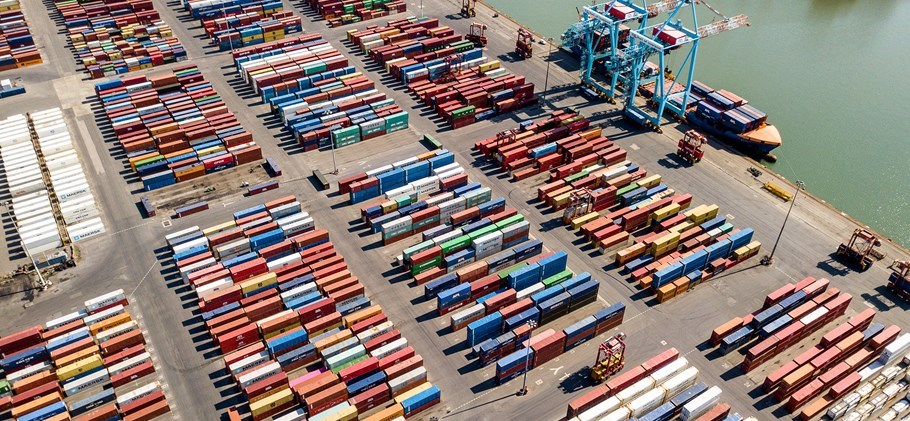Hunterston Port and Resource Campus (PARC) has been granted national development status by the Scottish government under the National Planning Framework 4 (NPF4), paving the way for new renewable energy ventures to come onstream.
According to the statement, Hunterston has been designated as a strategically significant site that will play an essential part in delivering Scotland’s new national development policy and the country’s transition to net-zero energy by 2045.
Hunterston PARC, a Clydeport part, is one of 18 identified as national projects under the new strategy.
Peel Ports Group noted that the sites will be redeveloped, with the government’s consultation paper on the strategy stating that this will capitalise on Hunterston PARC’s “potential for electricity generation from renewables,” as well as for a variety of other commercial uses such as “port, research and development, aquaculture, [and] the circular economy.”
As a result, Hunterston PARC is inviting renewable energy developers to join the burgeoning community, as it will be able to support a wide range of new innovations such as offshore wind (both fixed and floating), hydrogen, and carbon capture.
Furthermore, some major locations within the Clydeport cluster have been designated as part of the Clyde Mission, which focuses on the River Clyde and waterfront from South Lanarkshire in the east to Inverclyde and Argyll and Bute in the west. This means that the new planning designation will include King George V Docks, Rothesay Dock, Inchgreen, and Greenock Ocean Terminal.
“The Hunterston campus is primed to play a leading role in meeting the challenge of a green economic recovery and making Scotland net-zero by 2045,” stated James McSporran, director of Clydeport at Peel Ports Group.
Peel Ports has committed to becoming net-zero by 2040 across all of its locations, placing it ten years ahead of the UK government’s national decarbonisation ambitions.







